
Above: Oranjestad - the capital of Aruba - at night.
Aruba is the smallest and westernmost of the ABC islands at 33km long and 69 square miles but it is densely populated with a total of just over 100,000 inhabitants.

Above: A panorama of Aruba's hotel district. Can you spot the Zuiderdam?
As you can see in the picture above, Aruba is more developed than Bonaire or Curacao with casinos, shopping malls and hotel districts lining the western and southern coasts.
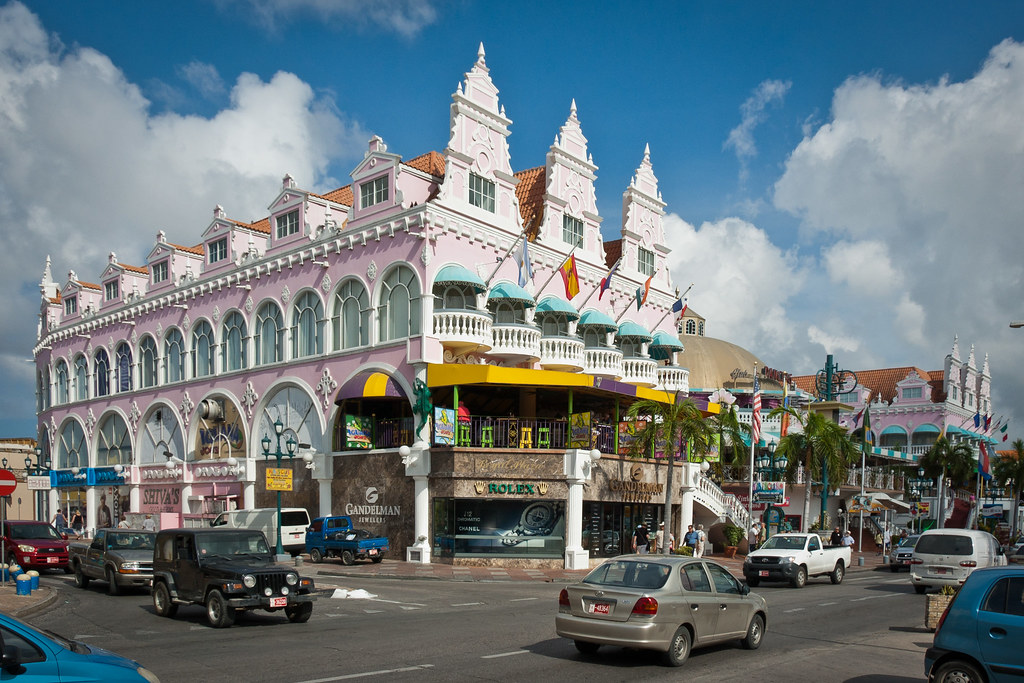
Above: Dutch colonial architecture is less visible than on the neighbouring islands, but several modern recreations have emerged, such as this outdoor shopping mall at Royal Plaza.
Aruba is known for its white sandy beaches on the western and southern coasts of the island which are relatively sheltered from fierce ocean currents, and this is where most tourist development has taken place. In fact hotels are still being built all the time:

Above: A new hotel - rumoured to be the most expensive on the island - is built.
Many cruise lines call at Aruba as it offers a combination of developed resort and shop facilities as well as beautiful beaches and exciting scenery.
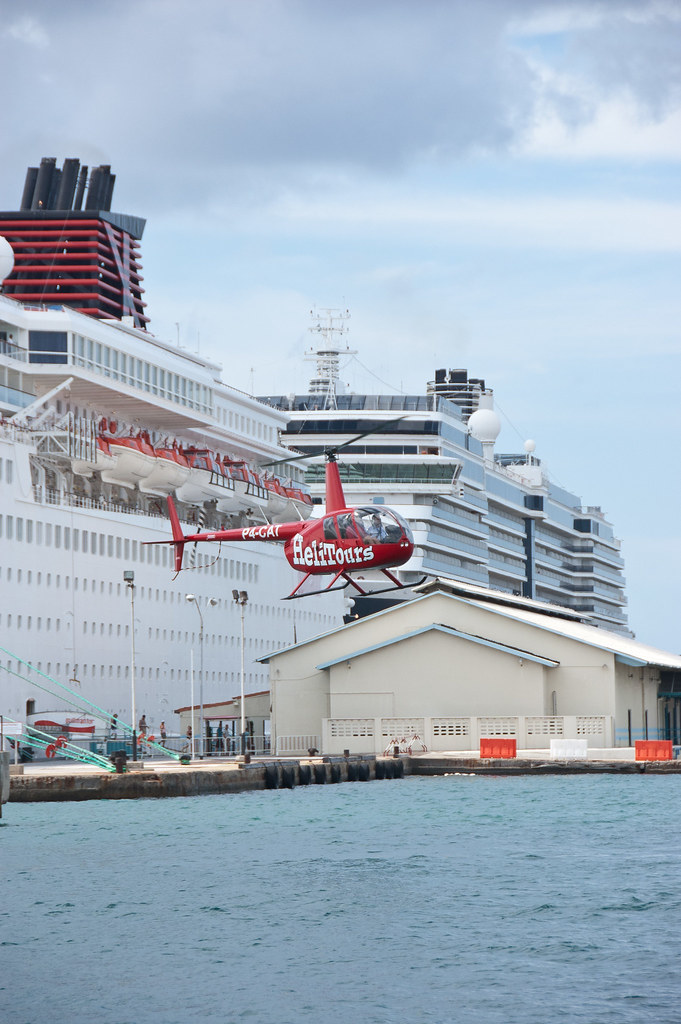
Above: A helicopter in front of the two cruise ships docked during one of our visits.
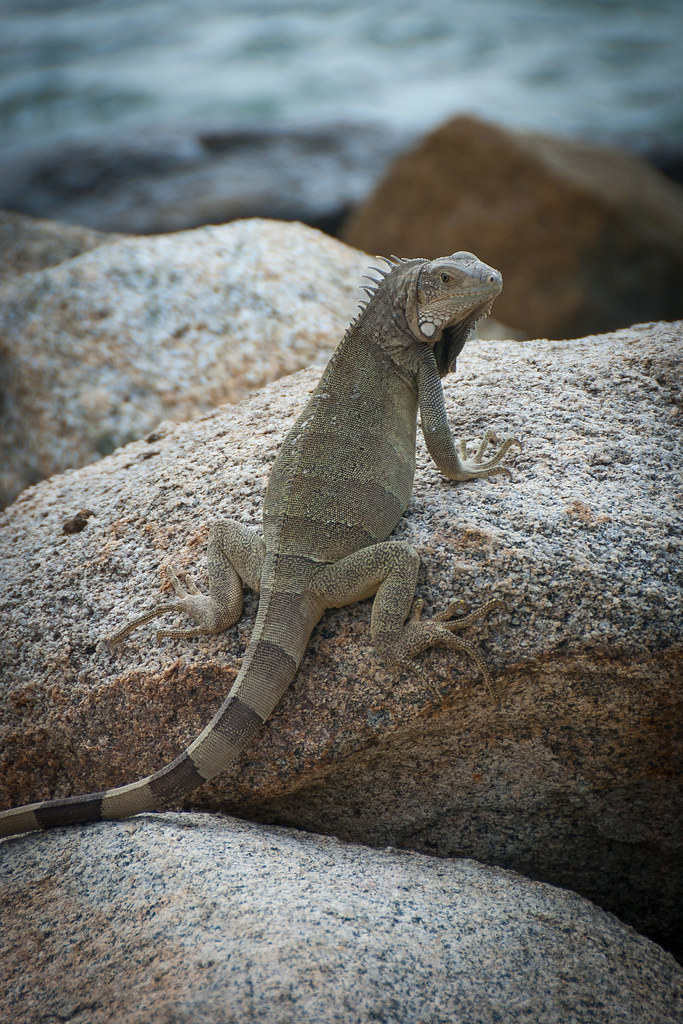
Above: Iguanas are a common sight on the ABC islands.
Aruba is one of the four constituent countries that form the Kingdom of the Netherlands, together with the Netherlands, Curaçao, and Sint Maarten whose citizens share a single nationality: Dutch citizen.
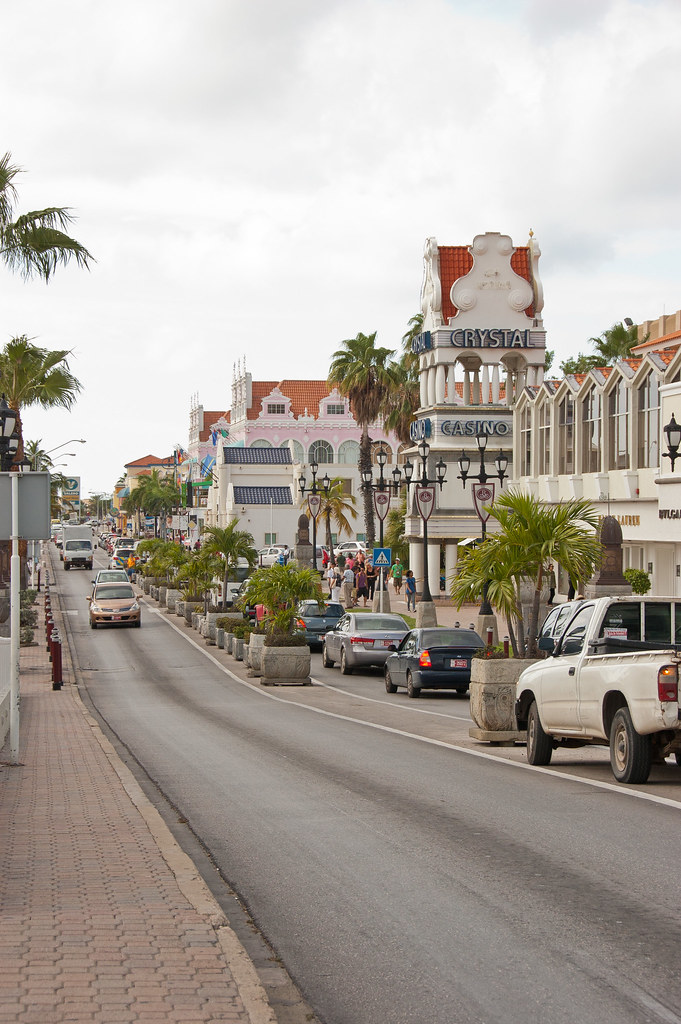
Above: Downtown Oranjestad.
The northern and eastern coasts, lacking the protection from the ocean currents, are considerably more battered by the sea and have been left largely untouched by humans. On a tour I went on, we visited the wild coastline as well as a famous lighthouse:
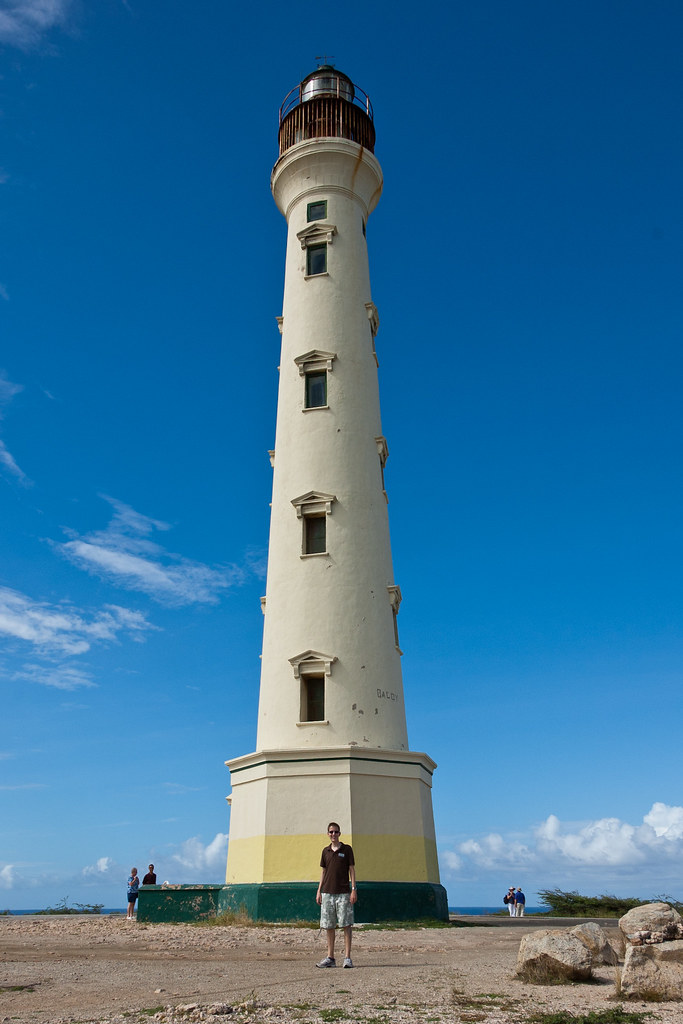
Above: The lighthouse on the northern tip of Aruba.
Two natural rock bridges were big attractions in Aruba, but in 2005 the main bridge collapsed leaving the baby bridge behind which still manages to draw the tourists:
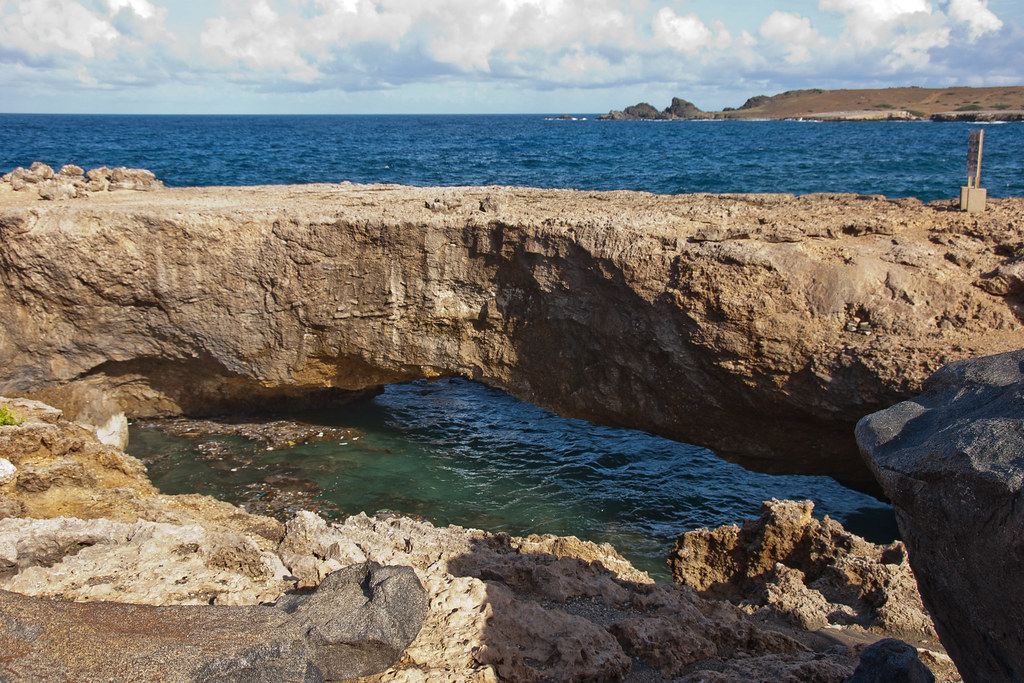
Above: The baby rock bridge.
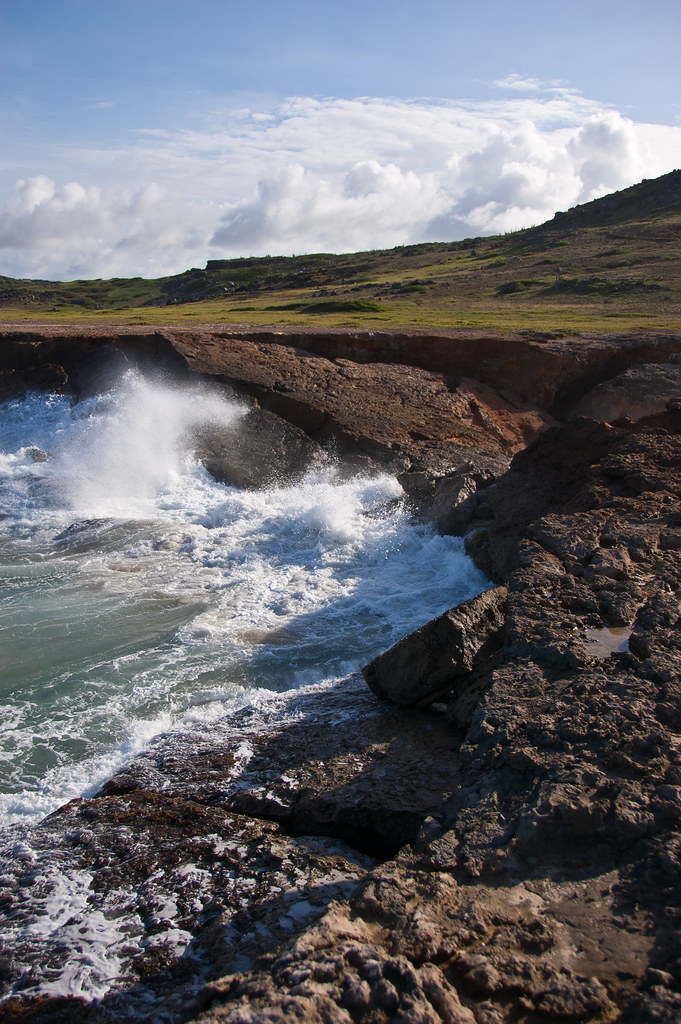
Above: The rough seas and jagged rocks make this side of the island quite dramatic.

Above: Many tourists that visit Aruba leave towers of pebbles as a symbol of good luck.
Inland, the island features an arid, cactus-strewn landscape with a few hills, and rock formations. One of the unusual and notable rock formations is the Casibari Boulders, which are tonalite rocks rising above the desert landscape giving a panoramic view of the island.
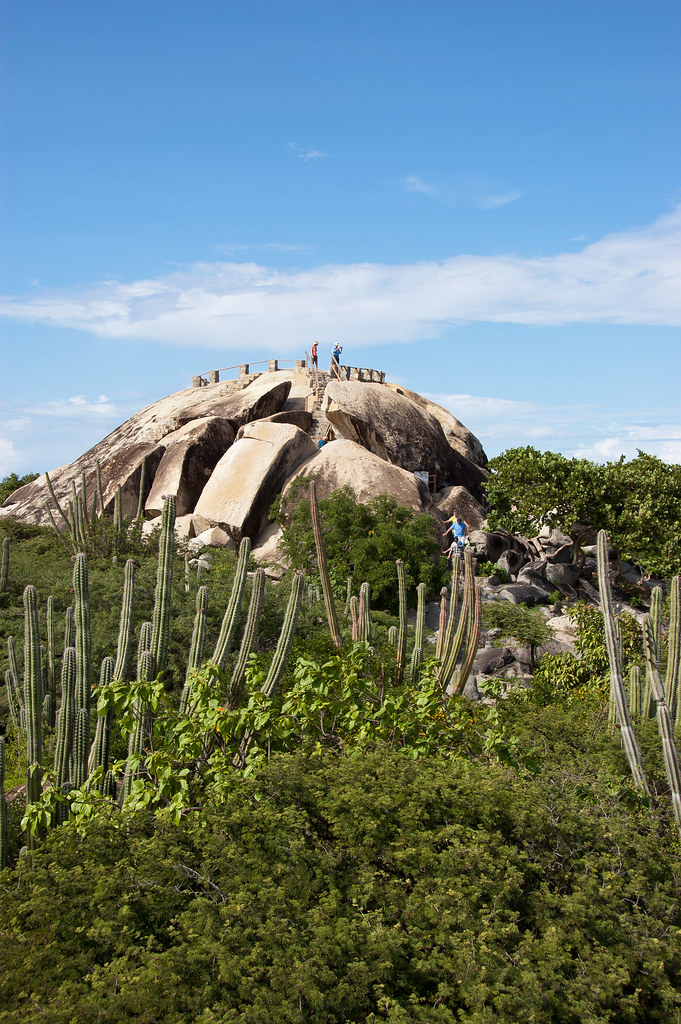
Above: One of the biggest outcrops at the Casibari Boulders.
The rocks are located amidst cacti, and lizards are commonly encountered here. The boulders have unusual shapes resembling birds and dragons. There is no plausible explanation yet for the presence of these unusual wind-carved boulder formations on a flat sandy island.

Above: The view from the rock formation. Note Mount Jamanota, the highest hill on the island (617 ft) and the Zuiderdam about three quarters to the right of the shot.
Whilst in Aubra, I also visited another Ostrich farm (as you do) to take yet more pictures of the huge birds:

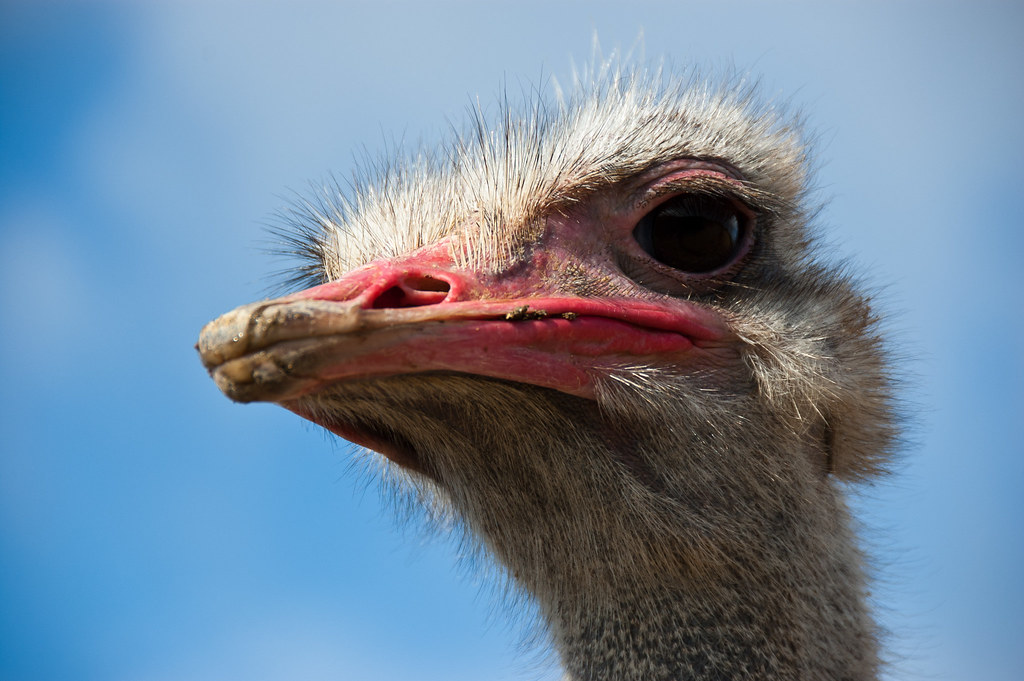
There's just time to show you a few shots from Bonaire, a much more undeveloped island than Aruba. Bonaire was part of the Netherlands Antilles until the country's dissolution on 10 October 2010, when the island (including Klein Bonaire) became a special municipality within the country of the Netherlands.
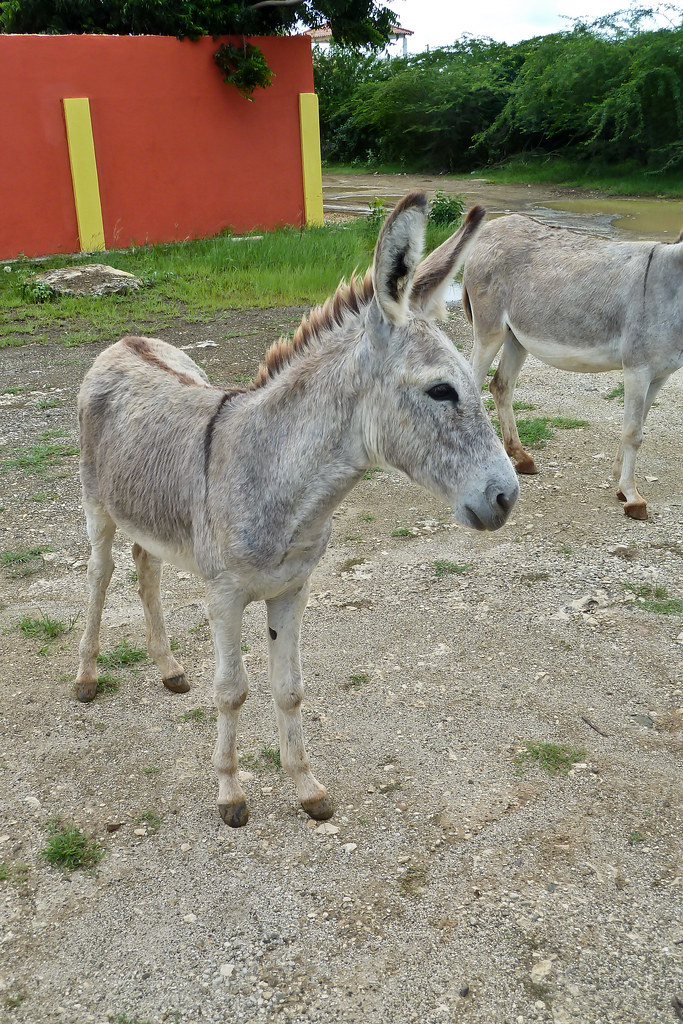
Above: Wild donkeys roam the countryside. Previous generations had worked on the plantations but now the donkeys are free. A donkey sanctuary looks after the beasts.
Bonaire is famous for its many dive and snorkelling sites as well as its rugged landscape. I biked around part of Bonaire:

Above: Lake Gotomeer is famous for its flamingos which are drawn to the brackish water, that harbours the shrimp they feed on. Naturally, they were missing on the day I visited.

Above: The inland town of Rincon, viewed from one of the highest points in Bonaire.
I'll leave you with a shot of a less-than seaworthy vessel. I'll be back to the ABC islands once more on the Maasdam so maybe I'll find some flamingos then!


No comments:
Post a Comment